Apple Vision Pro vs Meta Quest 3 — which one should you buy?
Is Apple really playing in the same ballpark?
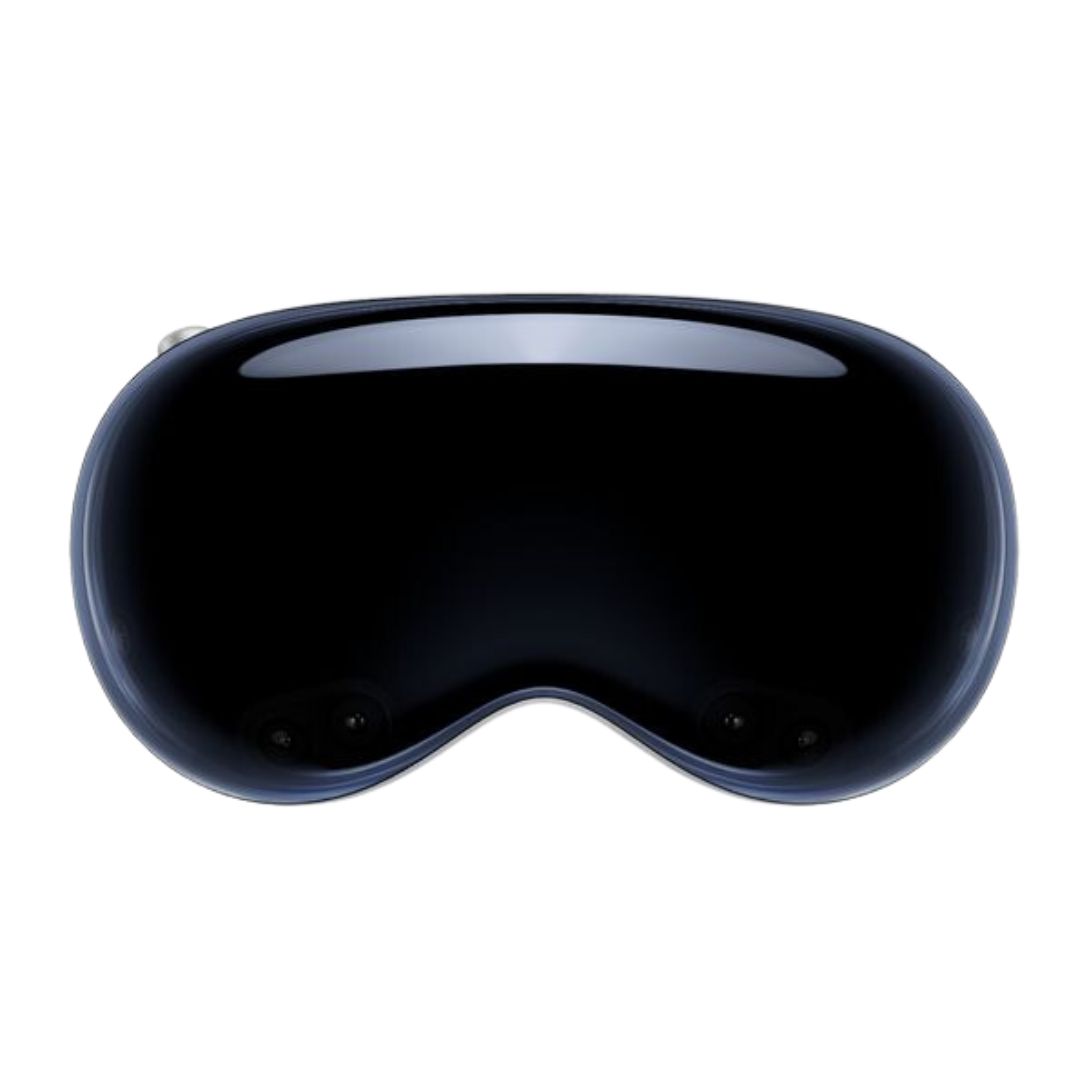
A new way of computing
Apple isn’t calling Vision Pro a VR headset, and for good reason - it’s a little more complicated than that. Vision Pro is essentially a new computing language entirely, as opposed to an extension of what already exists - but you’ll pay a hefty price to jump in now.
For
- All your apps in a new space
- Spatial video recording and playback
- Gesture controls
Against
- Pricey
- Still relatively untested
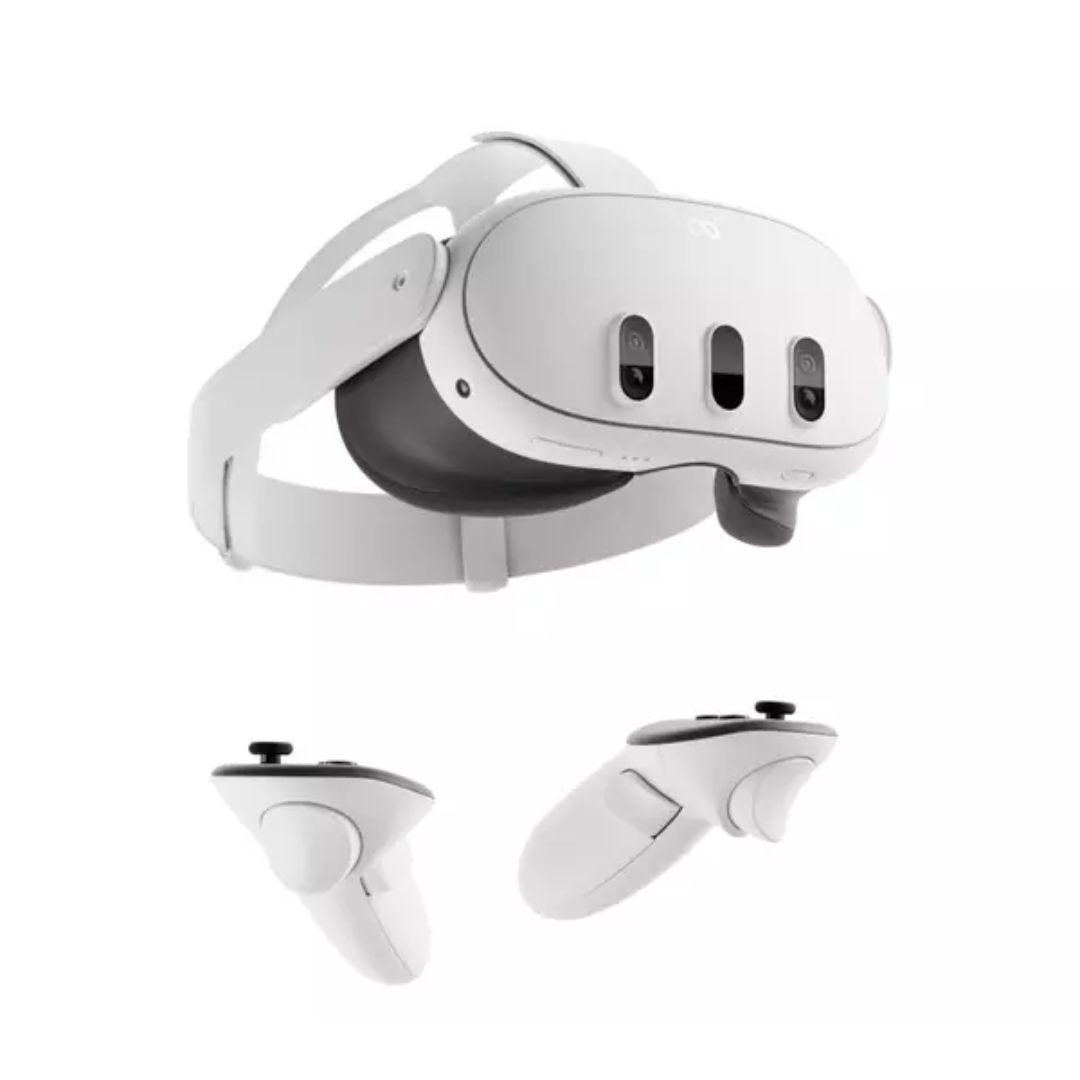
All-in-one VR ecosystem
The Meta Quest 3 is a big step forward for consumer VR, marking big improvements on its already successful predecessor. With no cables, no external battery pack, and much better passthrough from its cameras, Meta is off to a flyer - but it’s not really all that similar to the Vision Pro.
For
- Easy to set up and understand
- Impressive catalog of titles
- Connect to PC for PCVR
Against
- Underpowered compared to some
Apple’s Vision Pro headset is here. It’s been a long, long time coming but the company’s biggest bet since the iPhone is so near that we’re desperate to get our hands on one and see what it can do.
Sadly, though, that MSRP of $3,499 isn’t going to make that easy, and nor is the need to be based in the US. Still, that does give us a chance to look into alternatives, and none are more popular than the Meta Quest 3.
Love it or hate it, Meta has done a great job of getting consumer VR units into households all over the world with the Quest 2, and the Quest 3 is leaps and bounds beyond what its predecessor could do. Still, it’s not perfect, but it’s also nowhere near $3,499.
Here’s our rundown of the Apple Vision Pro versus the Meta Quest 3.
Apple Vision Pro vs Meta Quest 3: Features and specs
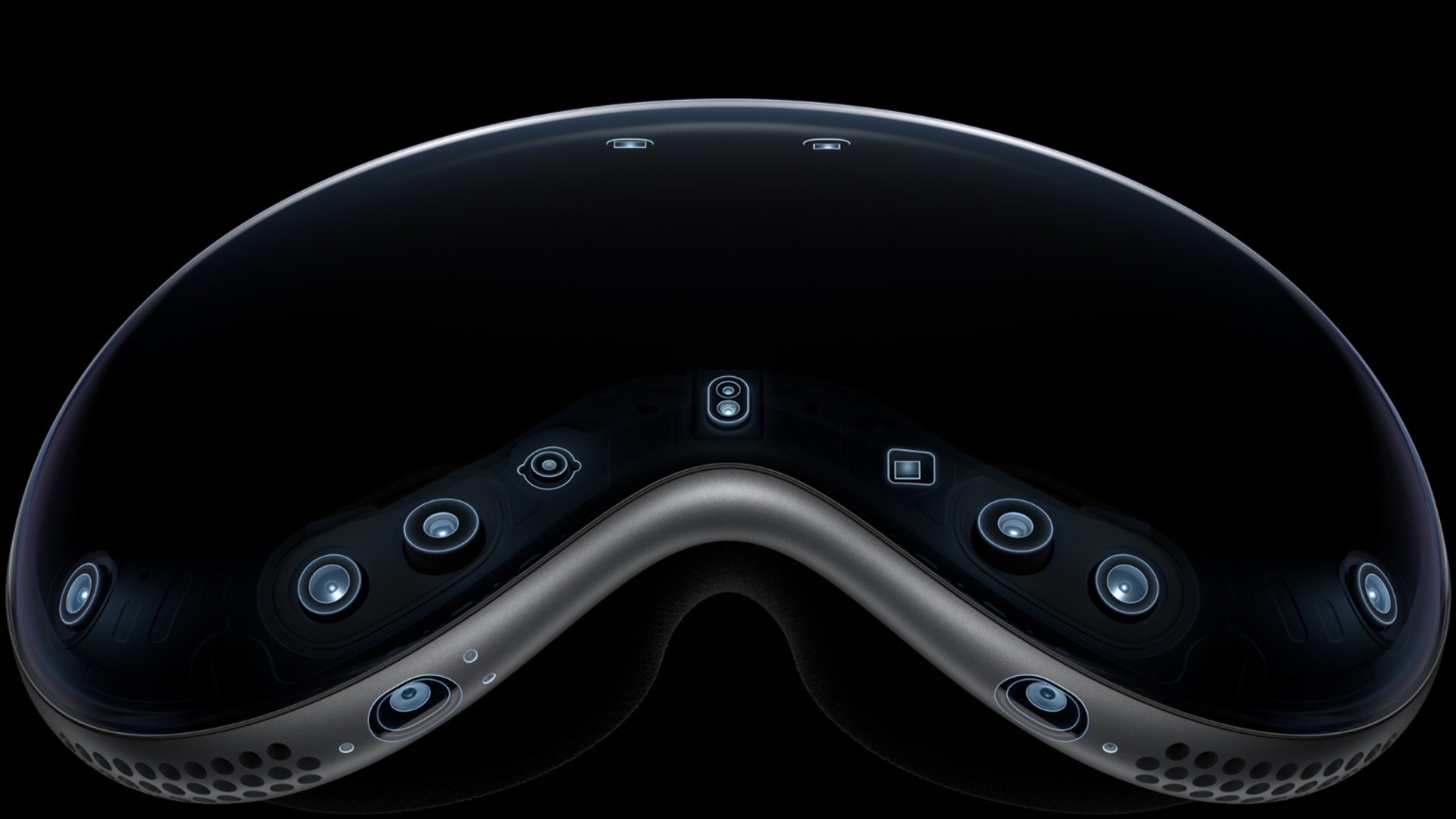
Unlike the Valve Index, Meta’s Quest 3 headset is at least a little closer to Vision Pro since it’s an all-in-one headset, meaning it doesn’t need a PC or Mac to power it.
It also only launched a few short months ago, meaning it stands a much better chance against the Vision Pro than the Quest 2 would have, although they’re still very different devices.
| Specs | Apple Vision Pro | Meta Quest 3 |
| Price | $3499 | $500 |
| Display | Micro-OLED, around 23 million pixels | LCD, round 4.6 million pixels |
| Controllers | Gestures, Siri, Digital Crown | Quest 3 controllers and gestures |
| Battery Life | Up to 2 hours | Up to 3 hours |
Apple Vision Pro vs Meta Quest 3: What’s new?
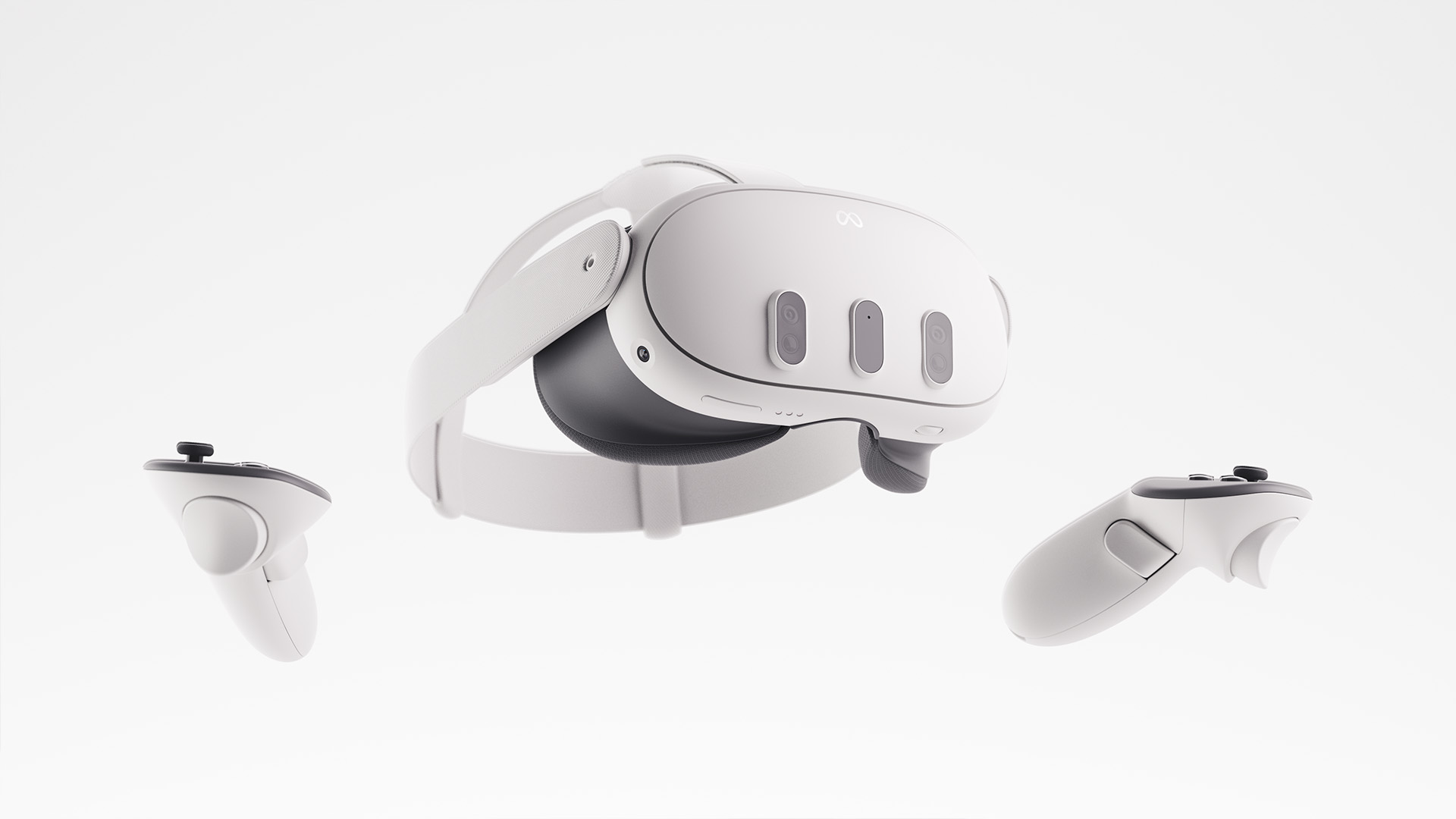
Starting with Apple, everything is new here. Apple dubs Vision Pro ‘Spatial Computing’, where you can see and interact with your content within the same space, can interact with items and people around you, and can even let those people see your eyes.
It’s ambitious, and we’re excited to use it for ourselves to see just how it holds up. Will we fall in love with gesture controls, or wish we had a controller? Time will tell.
On the Quest 3, the premise is much the same as the second iteration - it’s a VR headset that packs everything into one unit. No PC is required (although we’ll come to that shortly), and while that can mean it lacks the power of something like the Valve Index, it remains much easier to set up and can handle room-scale VR.
It can also offer mixed reality experiences thanks to improvements made to the cameras, although there’s no real ‘killer app’ for that just yet. That passthrough mode is much, much clearer than the Quest 2’s, though, so you can feasibly move in and out of VR with relative ease.
Thanks to backward compatibility and Meta throwing its considerable financial weight around, Quest 3 is also home to some truly excellent games and experiences, many of which are exclusive.
Apple Vision Pro vs Meta Quest 3: Power and Features
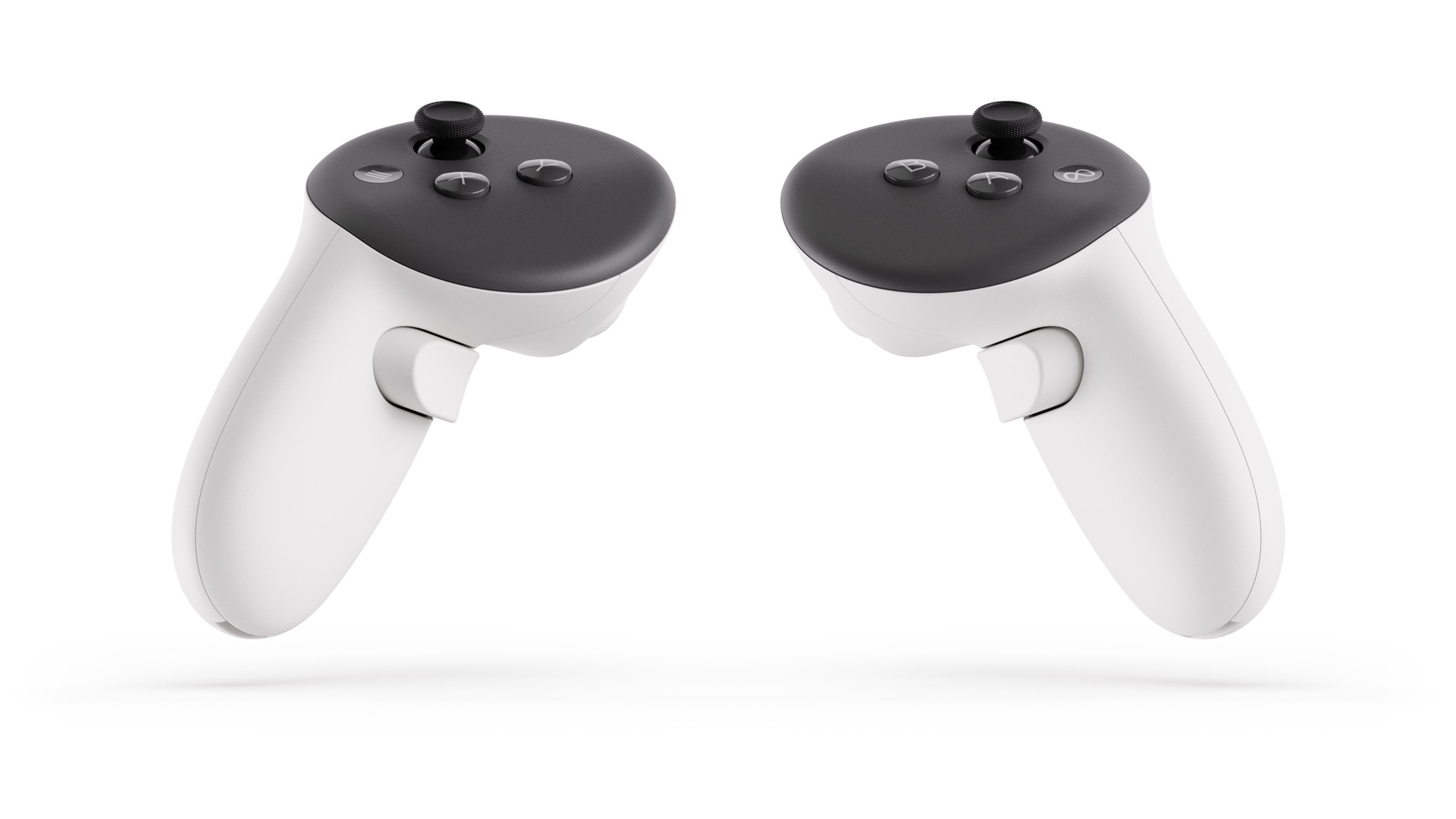
To set an expectation right off the bat, the Quest 3 is nowhere near as powerful as the Vision Pro. That’s because Apple’s headset literally has a laptop chip inside, as well as another chip.
That combo of the M2 and R2, plus the micro-OLED display, removes the “screen door” effect many headsets offer - although the Quest 3’s sharper resolution and increased RAM, coupled with the next-generation Snapdragon processor inside, make it much less of an offender than the last model.
Both have front-facing cameras, too, but while Vision Pro makes them core to the experience of having your apps floating in mid-air in front of you, Quest 3 leans more toward using them for mixed reality experiences and ensuring you don’t walk into your coffee table.
In terms of interaction, you’ll be using controllers for the Quest 3. They’re impressively accurate for tracking (there is some hand tracking without them, too, but it’s hit or miss) and don’t come with those weird circles on the end now, but sadly still charge through AA batteries which feels decidedly less futuristic.
For Vision Pro, you can just track with your eyes and click with your finger and thumb, making for a much more impressive way of interacting with your content - including those much-discussed spatial videos.
While Quest 3 will see firmware updates over time, it’s built on a version of Android (although you’d be hard-pressed to tell), while visionOS is something new entirely, albeit with the potential to run many Apple apps.
That means that while Quest 3 has a vast library now, there’s every chance Vision Pro will evolve in ways we weren’t expecting when 2.0, 3.0, and more arrive.
Speaking of the library, if you buy a Meta Quest 3 right now you’ll gain access to Asgard’s Wrath 2 free of charge. That’s because Meta really wants you to play the game, and for good reason - it’s one of the best VR games you’ll find anywhere.
In our comparison with the Valve Index, we referenced Half-Life Alyx as another phenomenal VR showcase. I mention it now because you can connect your PC to the Quest 3 to power much more demanding games and experiences, including Half-Life Alyx through Steam. That’s a killer feature for anyone looking to get into PCVR.
Apple Vision Pro vs Meta Quest 3: Battery Life
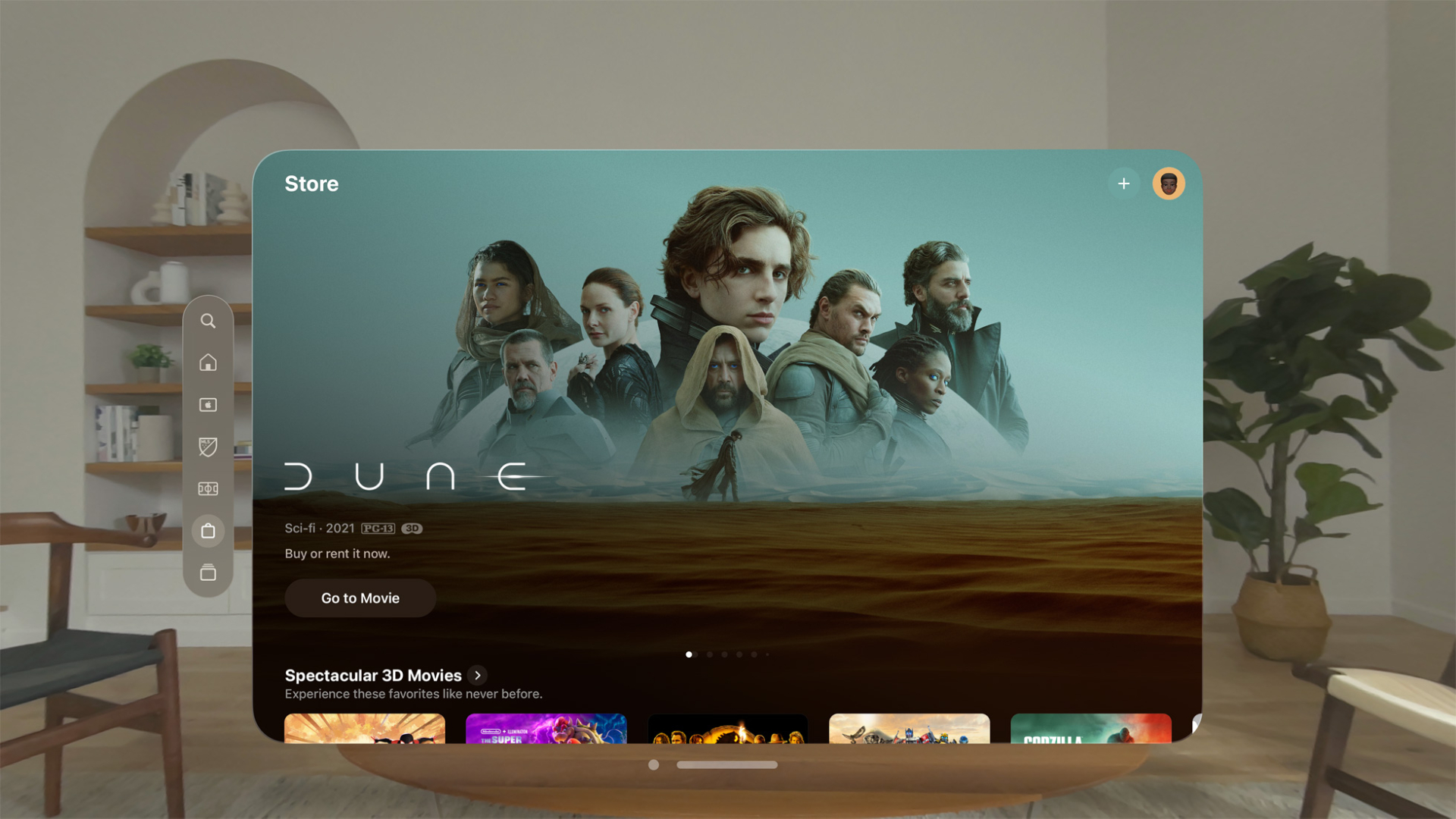
Vision Pro caps out at 2 hours of battery life, which isn’t a lot. You can buy additional battery packs, but you’ll need to keep them charged and ready to hot-swap, meaning you’ll likely want to rely on the Vision Pro’s passthrough charging for the most part.
The Quest 3 is only just ahead with up to 3 hours, and naturally, there are accessories you can buy, too. It’s not a big jump but might make it more conducive to your use case if you’re planning on spending plenty of time in Beat Saber with friends over.
Apple Vision Pro vs Meta Quest 3: Which should you buy?
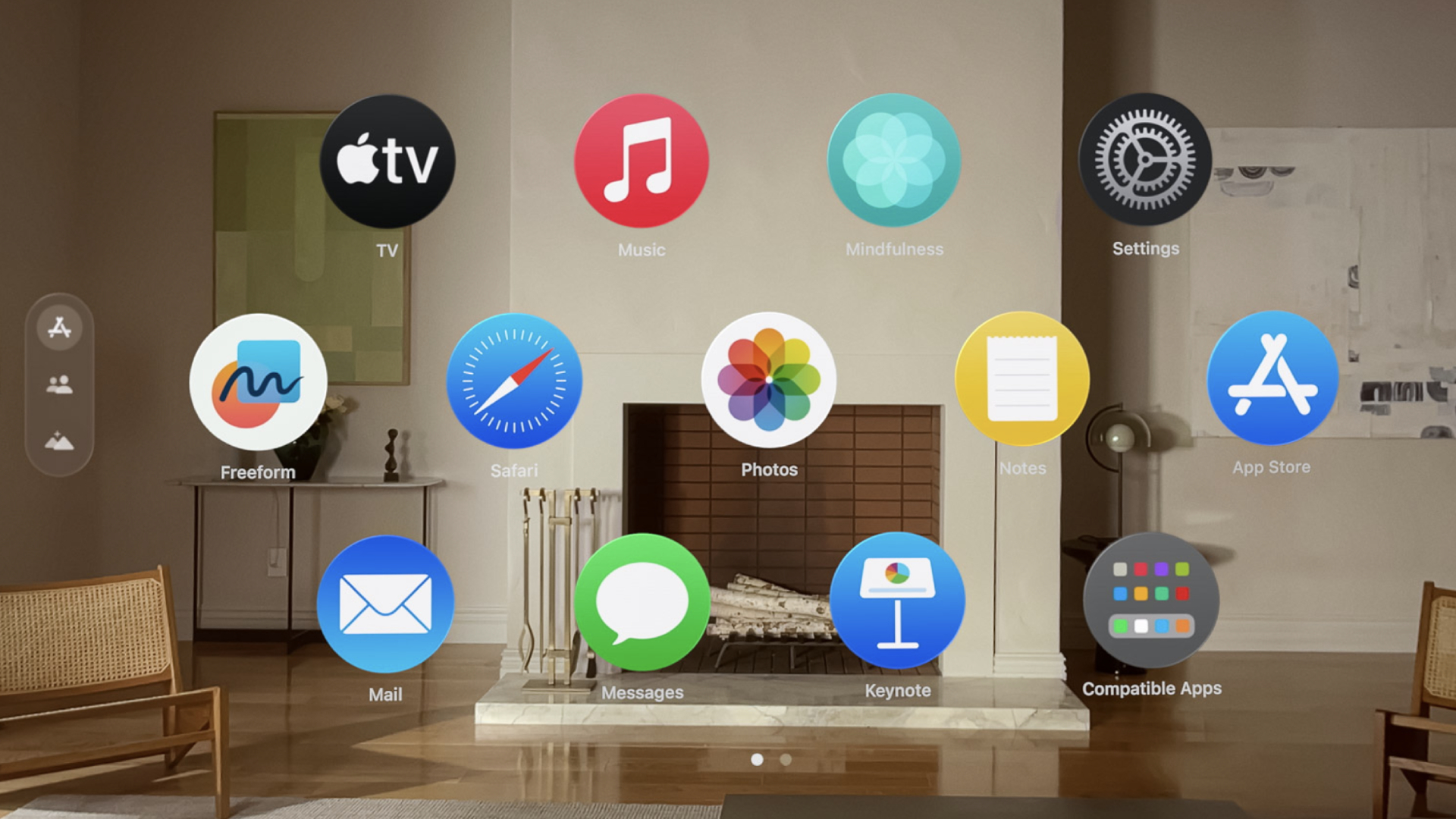
As with our Valve Index comparison, it’s tricky to compare the Vision Pro to an existing headset - although the Quest 3’s all-in-one nature makes it a little closer.
Both are great products, but both do very different things. While working in VR with the Quest 3 is definitely possible, it’s much more geared toward entertainment apps and gaming, with the added bonus of being connected to a PC for additional power.
The Vision Pro stands alone as a computer you literally put on your face, but the jury’s still out on how much the general public will want to use one.
Master your iPhone in minutes
iMore offers spot-on advice and guidance from our team of experts, with decades of Apple device experience to lean on. Learn more with iMore!

Lloyd Coombes is a freelance writer with a specialism in Apple tech. From his first, hand-me-down iMac, he’s been working with Apple products for over a decade, and while he loves his iPhone and Mac, the iPad will always have his heart for reasons he still can’t quite fathom. Since moving from blogging to writing professionally, Lloyd’s work can be found at TechRadar, Macworld, TechAdvisor and plenty more. He’s also the Editor in Chief at GGRecon.com, and on the rare occasion he’s not writing you’ll find him spending time with his son, or working hard at the gym (while wearing an Apple Watch, naturally). You can find him on Twitter @lloydcoombes.
